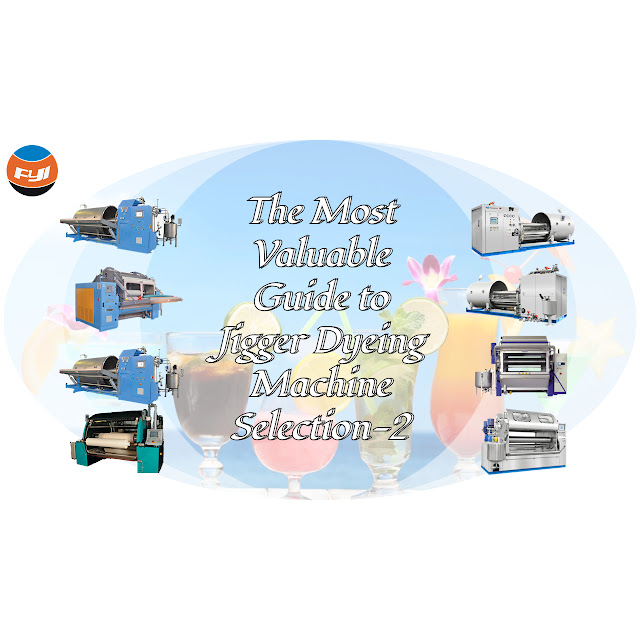6 Operation Specifications of HTHP Dyeing Machine

The dyeing equipment employed under high temperatures and high pressure is known as an “ HTHP dyeing machine.” There are some risks associated with using the HTHP dyeing machine. The safety concerns that must be taken into account when using it are briefly described below. Opening and closing the cover The steam valve must first be closed to stop the heat source once any high-temperature, high-pressure dying is complete. The pressure lowering valve must then be opened, and the lid can only be released when the pressure drop below 0 MPa and temperature drop below 85℃ inside the dyeing machine . Under these circumstances, if the lid still won’t open, it’s best to check the instrument first to make sure it won’t break down and fail to accurately display the residual pressure. To avoid hazard, don’t forcefully open the cover. Additionally, even though the fabric feeding machine is operating normally, if the temperature inside the machine has not yet reached 95 °C, do not c...


